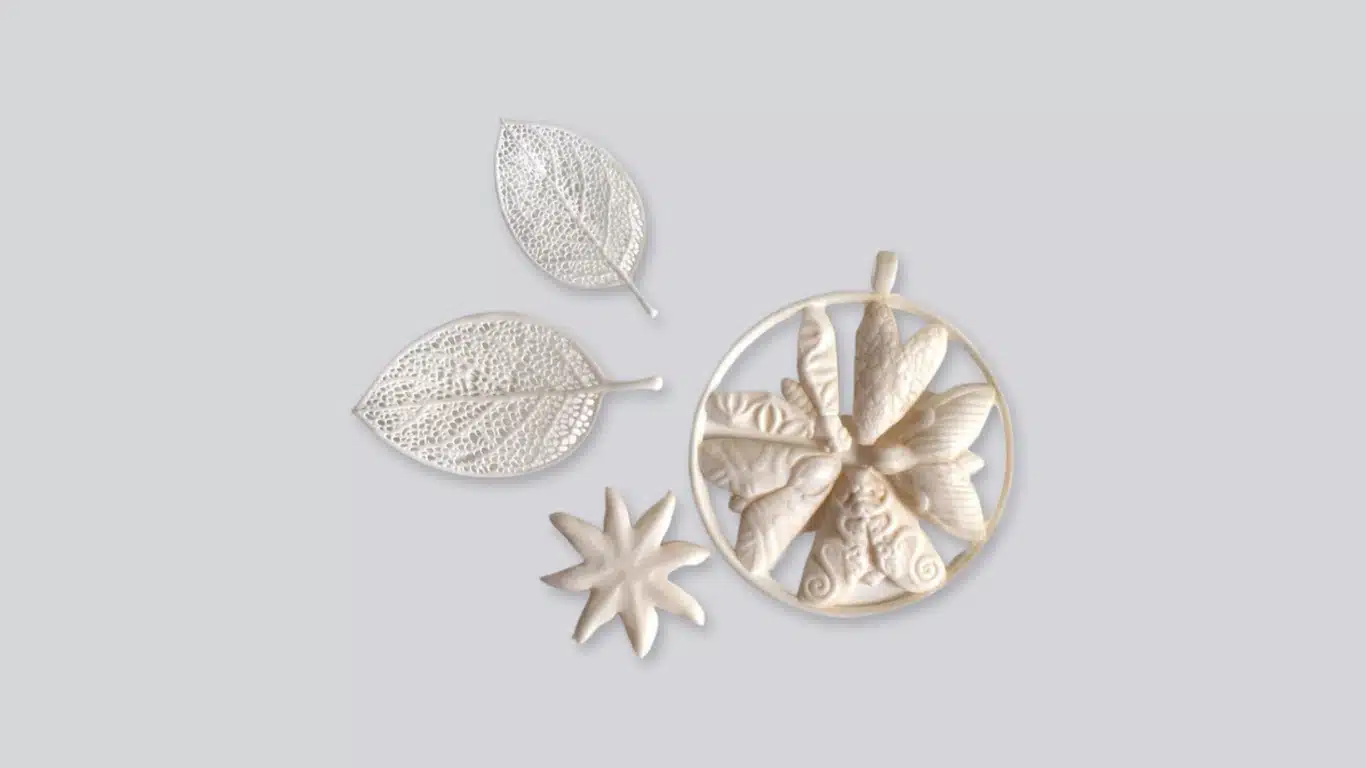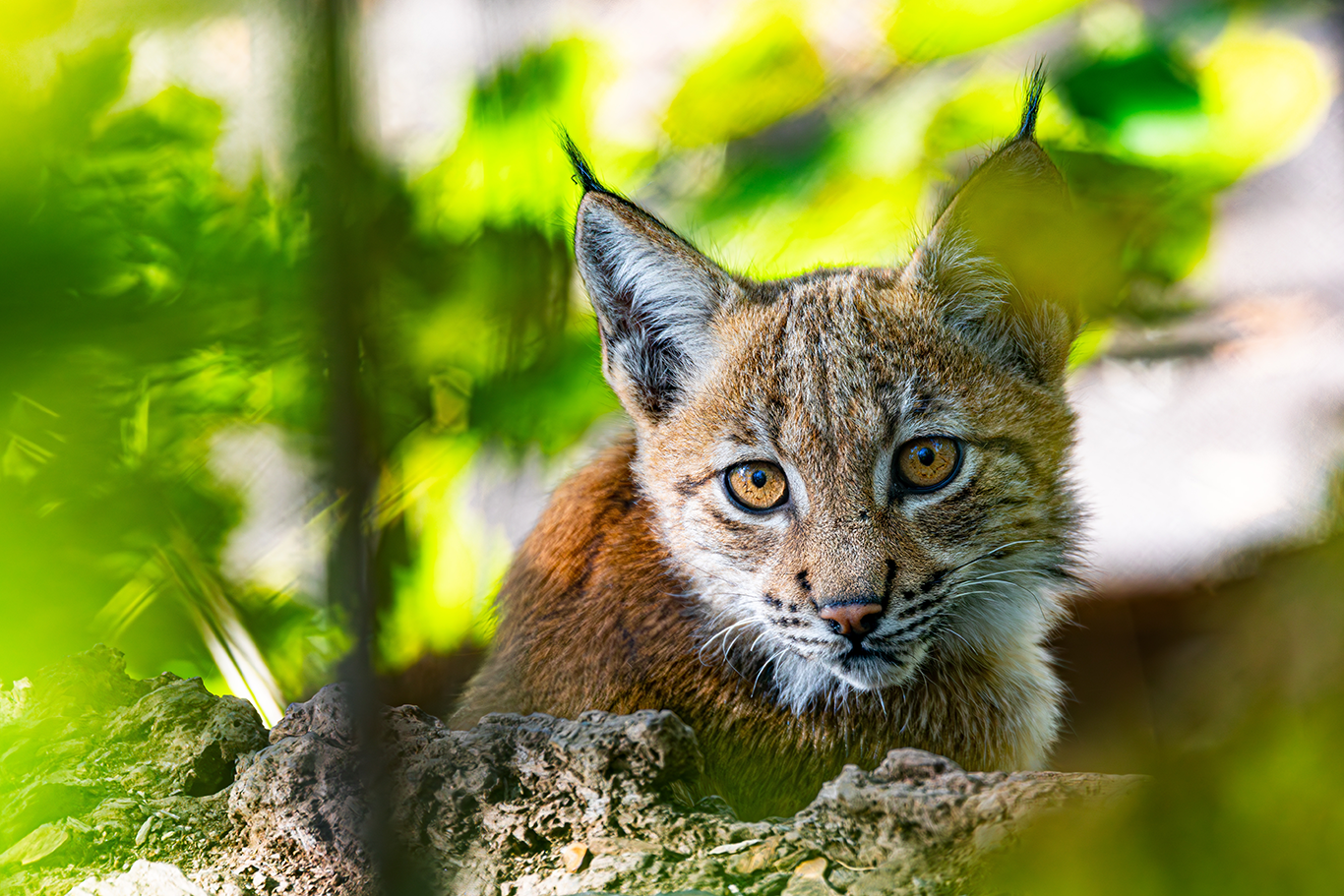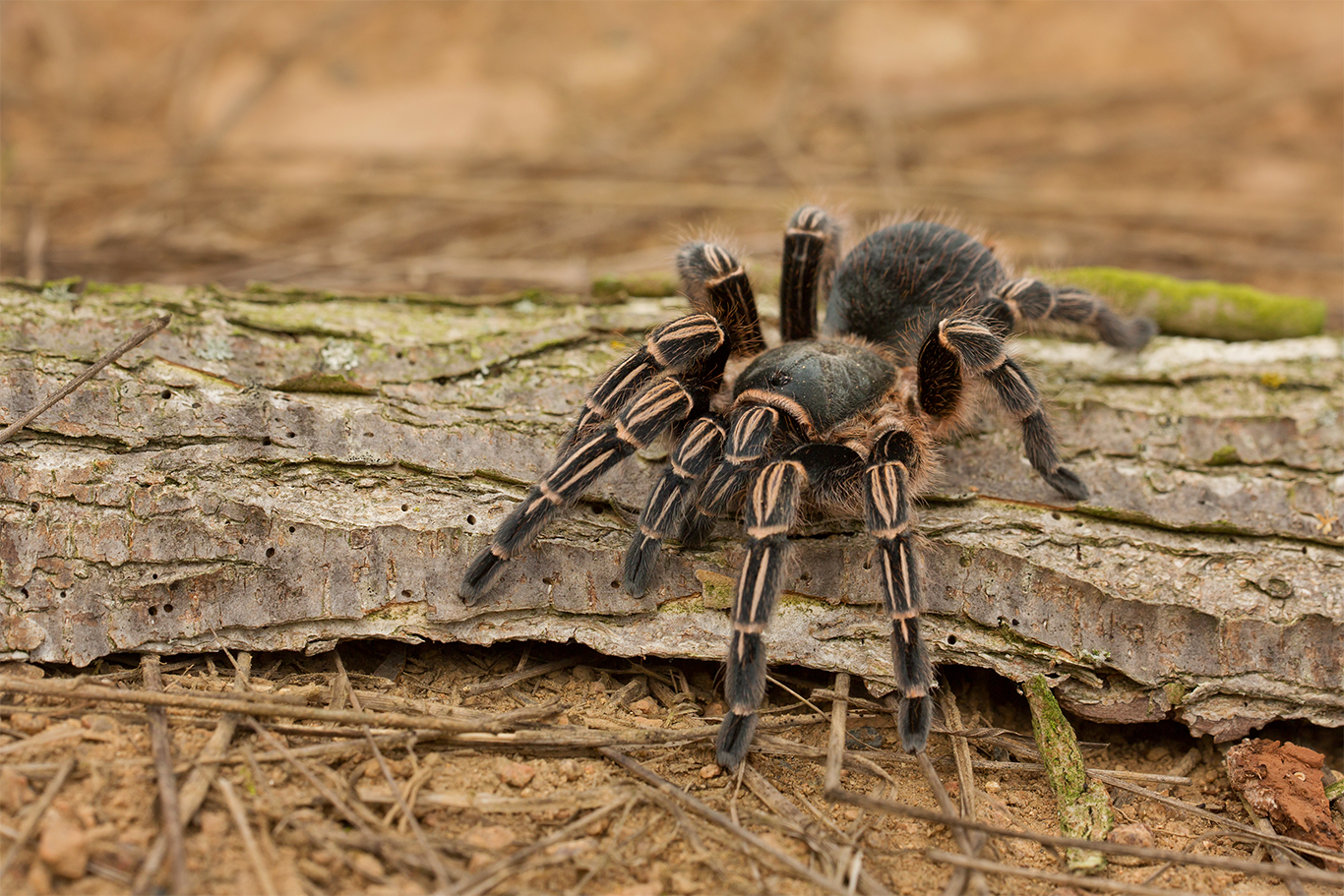Adapted from the article written by By Krupa Padhy
Originally published by BBC.com (Mon, 11 Sep, 2023)
Despite international bans, thousands of African elephants are illegally killed each year for their tusks. Could finding a human-made alternative be the answer?
My parents often talk about their safari honeymoon to the Serengeti National Park in 1972. Mum reminds me that they didn't have "fancy cameras with zoom lenses back then" and that the photos that adorn their album were taken on a basic camera. Among them, are herds of elephants close enough to make any wildlife photographer jealous.
More than 1.3 million elephants roamed Africa at the end of the 1970s. Today, there are around 450,000. And as mum said upon our return to Serengeti 20 years ago: "It's nothing like it used to be." At least 20,000 African elephants continue to be illegally killed each year for their ivory tusks. In 1989, international trade in ivory was banned by the Convention on the International Trade in Endangered Species (Cites), but elephant populations have continued to suffer. A resurgence of demand from unregulated markets in Asia and Africa has been a significant driver.
And it's not just elephants who are at risk. Earlier this year, the UK government announced plans to extend the 2018 Ivory Act to other animals and marine life. Pending a vote in the UK Parliament, it will mean the sale of ivory from the tusks and teeth of killer whales, hippos, walruses, narwhals, and sperm whales will also be banned.
The good news, however, is that a new market is opening up for man-made ivory, as well ivory-like materials from plants.
Ivory, or "white gold" as it is sometimes called, has been one of the most valuable and sought-after global commodities in history. Ivory is a material of luxury, which has been turned into jewellery and weaponry, musical instruments and figurines. It has a catalogue of properties that few other materials can boast: beautiful, durable, homogenous in appearance and easy to carve while retaining a high level of shine.
For that reason, evolutionary biologist Fritz Vollrath believes that we should stigmatise the trade of ivory poaching, but acknowledge that the material is coveted for a reason. "Whilst we need to guard against it being a common commodity ending up on mantelpieces, there is something in the material properties," says Vollrath. "It has a certain touch to it, different to plastic. There's something there in the ivory that is special."
To meet this demand without harming animals, Thaddäa Rath is one person trying to create a synthetic alternative. Together with her team at the University of Vienna in Austria, she has created a high-tech ivory alternative called "Digory". The material can be 3D-printed and polished to create deceptively authentic carvings.
Rath and her team were looking to mirror the optical and aesthetic properties of ivory whilst achieving a similar strength and density. In addition, they wanted to mimic a visual structure within ivory called Schreger lines, similar to wood.

Digory is created using synthetic resin and calcium phosphate particles which are 3D-printed layer by layer into a desired shape.
The material is then colour-matched (keeping in mind ivory is translucent), stained and polished to create a believable imitation of natural ivory.
Rath recognises there are plenty of challenges when it comes to commercialising Digory. Interest from the likes of jewellery makers and knife handlers has been steady , but she believes it has huge potential by offering a low-carbon, fast and straightforward manufacturing process with convincing results.
Despite mimicking the properties of ivory, Digory's chemical structure is nothing like it, unlike the creation of synthetic ivory by a Max Planck group of scientists in Germany in 2019.
The original idea to create synthetic ivory came from the desire to replace the ivory veneers of piano keys
Using a phosphate-based composition, Dieter Fischer, Sarah Parks and Jochen Mannhart tried to closely reproduce the chemistry of a real ivory tusk – so much so that they say it is sometimes hard to distinguish between real ivory and their artificial version.
Natural ivory is a bone-like material largely made of a mineral called dentine, which lies underneath the enamel of a tooth. And whilst human teeth are used for eating, ivory tusks are teeth that have emerged beyond the lips, giving elephants an evolutionary advantage.
The researchers behind the synthetic ivory mixed particles from a bio-mineral called hydroxylapatite into dissolved gelatine, which is formed from collagen (the organic component of ivory). "What we did not try to reproduce is the microstructure of the tusk, because it turned out that the functional properties we were interested in like touch and grip didn't depend on the nanostructure," explains Mannhart.
The original idea to create synthetic ivory came from the desire to replace the ivory veneers of piano keys. When recognising the potential of what they had created, the team's ambition grew, and the material is now being commercialised under a company called Ivortec. "The motivation morphed over time from piano keys to replacing plastics and addressing the microplastic issue. It's about having a material that is really green, biodegradable and not resource-intensive instead of plastics," says Mannhart.

Others are looking closer to nature when it comes to ivory alternatives.
On a stall in St Alban's market in England, Alison Williams has seen her colourful jewellery business The Happy Elephant grow from strength to strength since it launched in 2020. Nothing surprising there as quirky beads are a standard feature of a weekend bazaar – only Alison's jewellery is created using tagua, also known as vegetable ivory. "Because of the story of it, people are blown away by what they see and feel," she says.
Tagua was first documented by Westerners in the late 1700s, when two Spanish botanists stumbled across it in the eastern foothills of the Andes, as explained in the book Strange Harvests. They assumed they'd discovered an ivory tree (the scientific name for tagua is Phytelephas, which literally translates from Greek as "plant elephant"). It was so convincing that as its use became more extensive in the 19th Century, the only way to distinguish between real ivory and tagua was by dabbing a drop of sulphuric acid onto the materials: tagua would turn pink while ivory would stay white.
The jewellery has such a tactile feel and dyes so well – Alison Williams
The palm is native to the rainforests, cloud forests and coastal plains of north-western South America. Williams learnt of tagua from locals in Ecuador where she and her husband spent many years.
Holding up a heavy, brown and spiky seedpod called a mococha, Williams describes how it works: "The tagua palm takes 15 years to mature before beginning to produce its ivory nuts. A palm can grow 16-18 of these seed pods every year and they take 18 months to grow. In the early stages, tagua can be drunk (it's 100% plant cellulose) and tastes like coconut water. It then hardens to a jelly that can be eaten. The jelly solidifies into a nut in the Sun. Approximately 120 nuts grow inside the pod 'compartments'."
The nut is then polished and carved and extensively used to create jewellery, buttons or ornamental items. "The jewellery has such a tactile feel and dyes so well," says Williams, donning her own bright green tagua necklace. "In one year, one tagua palm can produce as much tagua (or vegetable ivory) as the average African elephant can do in its lifetime."

An elephant can live 60 to 70 years. But within the lifespan of an elephant living today, the species could go extinct in the wild.
Even Mannhart suggests that in some contexts, a substitute for ivory might struggle to be accepted, citing the example of the Japanese tradition of name stamps known as Hanko. "In Japan it is very common that people don't do signatures by hand, but they have stamps made out of ivory for their names to sign documents. In the beginning we thought this was a fantastic market," he says. But his Stuttgart-based Japanese colleague disagreed. He believed that for some Japanese people, continuing to use real ivory is of huge cultural importance.
However, while Japan has one of world’s largest legal ivory markets, a recent study found that demand is now a fraction of what it once was. (Some organisations believe that despite this, not all the ivory traded there is legal.)
Recognising such limitations doesn't stop scientists from trying to find alternatives to true ivory.
Even Vollrath is having a go. Some years ago, his team at Oxford University began trials with a silk cellulose and hydroxyapatite-based ivory replacement.
Research had to halt for logistical reasons but at the time he had just finished making an artificial rhino horn using the material. Vollrath believes this was proof of concept. "I haven't given up, I've pressed pause. There's a market for artificial ivory."
Banner credit: Getty Images





